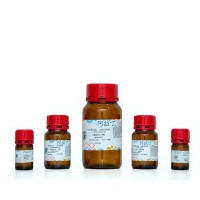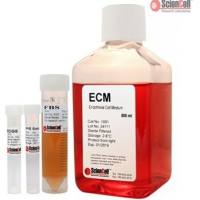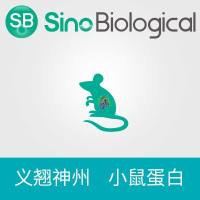Measuring Interactions Between ECM and TGF-Like Proteins
互联网
497
Recent advances in developmental biology have highlighted the importance of the synergistic relationships between structural components of the extracellular matrix (ECM) and growth factors that play fundamental roles in tissue morphogenesis and repair. Increasing evidence suggests that the binding of growth factors to the ECM is a major mechanism for regulation of growth factor activity (for review see ref. (1 ). Association of growth factors with the ECM allows storage of large quantities of growth factors in a readily mobilized form, which could allow extracellular signaling to proceed rapidly in the absence of new protein synthesis. This may be particularly important in situations such as tissue repair following injury. Storage of growth factors in the ECM may also facilitate communication between cells that are widely separated in time, by allowing transmission of signals from one cell to a different cell that comes in contact with the same matrix later. Another intriguing possibility is that matrix-bound growth factors could act as a “memory,” which provides information about the history of cellular activity of the tissue. Finally, it is possible that matrix-bound growth factors may actually signal differently than their soluble counterparts, for example by escaping internalization after binding to receptors, thus producing an extended signal. Thus matrix-bound growth factors may provide an important new dimension to cell-cell communication by greatly increasing the diversity of action of growth factors.









